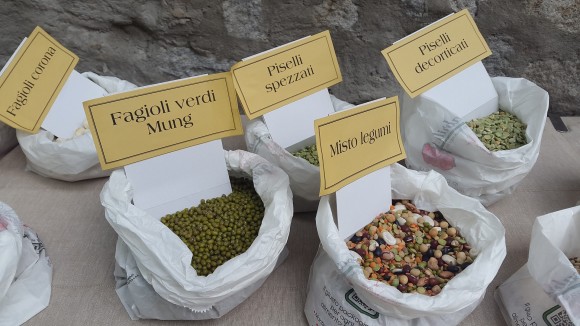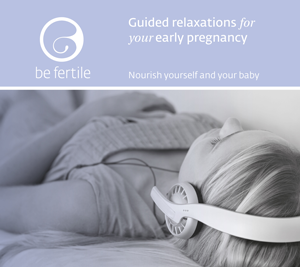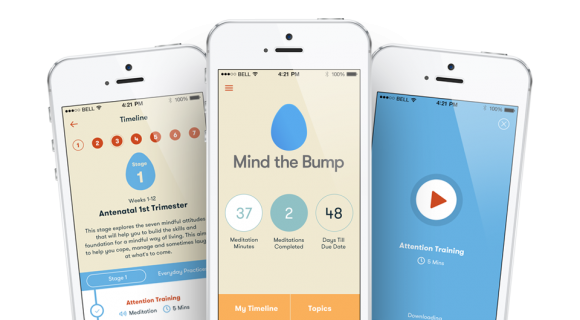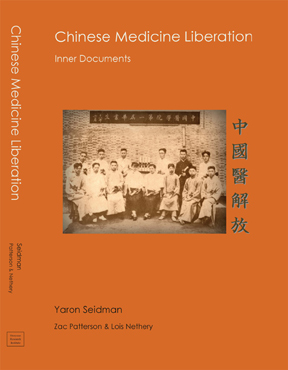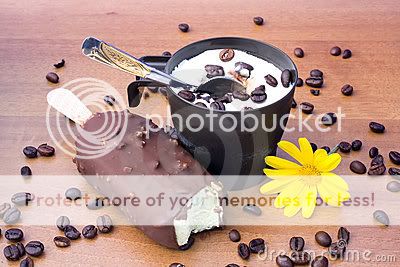12
in-shine
We are taught to always aim to out-shine others – rated and ranked and praised and awarded throughout childhood and schooling, and into the workplace – getting ahead and rising to the top, keeping up with the Joneses and all the rest. And if we can’t outshine then we are left in the shadows.
Think about it, this naturally leads to a feeling of isolation for anyone playing by such rules.
Human happiness is based on connection and trust.
Does it make sense to try to out-shine?
We can turn this around – and aim to “in-shine”. All of us are formed from the same “heaven principle”. Within each person, completely intact and unable to be harmed, is innate wisdom and universal love – connection is something we can never lose, only lose sight of.
When we change our story about the outside world, that it’s something to fear or conquer, and start to appreciate the natural goodness within ourselves and within others, then the world becomes our garden. Weeding and watering, tending and caring, it is a bountiful place for us all to enjoy.
Liu Yuan, philosopher and physician of the Qing dynasty, taught that the universe’s nature is heaven principle, expressing as both stillness and movement. When combined, all things are formed by this dual nature – stillness is the appearance of form and movement is form’s changing nature. Living things have movement, but even non-living things like rocks will change with time. But even though it has this dual expression, heaven principle itself is one – constant, unchanging.
This heaven principle is at the centre of life and when we experience it, it feels vast and gentle, it is kindness, warmth and generosity. Liu Yuan says, “the kind heart of heaven principle”. Upon conception, we are this pure heaven principle of the universe – pure stillness and pure movement – this is the “true nature” of the human being. Liu Yuan taught that by engaging in daily affairs with the proper measure, we can get closer to this “true nature” that is the basis of human life.
What is the proper measure?
Upon birth, we need to connect to material things like food, water, air and other humans, so that our life in the world is supported. To move us towards material things we have the human heart, with desires and aversions, likes and dislikes. If we take steps to support our life, this is proper – enough food, shelter, sleep and so on. Relationships are also essential to human life. If we respect and care for those around us, especially those closest to us, then this is the proper measure in human relationships. When everyone can respect and care for others, this is a world that functions abundantly well.
However, the only person’s respect and care that we can control is our own. So this is where we look within and ask ourselves in each moment, am I doing my best here to act with respect and care. When we can do it, we notice that this allows goodness in others to naturally take place – the heaven principle within each person fostering goodness in the world. Liu Yuan’s expression for this is “first cultivate oneself, then go about cultivating others”. “Cultivating others”, then, is tending the garden of the world.
Sydney Banks teaches something similar, that the formless principle, basis of all things, is universal – this aspect of human reality he called “mind”. Our capacity to experience this is called “consciousness”. What we experience is called “thought”. Our human reality is one principle with these three aspects – everything that is experienced is done so through mind, consciousness and thought.
Feeling is the way that we can understand what quality of thought we are experiencing in any given moment. If I’m feeling at peace, expansive, generous and loving then this is the universal nature of mind – wisdom – creating my experience. If I’m feeling tense, judgemental, bitter, agitated or any other low state then this is an infallible indicator that I’m caught in a personal reaction, personal thinking about the situation.
Good states and not-so-good states move through us all the time, like the weather. If I hold onto a low state and try to “fix” it, or react to things from that low state, then mostly what will happen is I’ll just prolong it, causing more obstructions. On the other hand if I can accept that there’s a low state moving through, a “low pressure cell”, then of its own accord it will eventually pass.
Without noticing it, in the next moment I may feel a little lighter, or even have a moment of clarity – this is the power of wisdom. It is always operating, at a level deeper than the ups and downs. By letting personal thinking just go up and down, because that’s what it’s going to do anyway, and realising that we all have moments of insight where our innate wisdom shows up, naturally and spontaneously, then we can take our moods – and our judgements of the world through those moods – a little less seriously. When we can do this, wisdom has a greater chance to show up.
This universal wisdom is the very core of our nature, every one of us. When we relax our reactions and judgements, then it can shine – like the sun that’s always there, behind the clouds that come and go.
“Out-shining” others means being separate and distant, failing to “out-shine” means being in shadow. “In-shining” with others means seeking this true nature that is within, acknowledging that it’s within everyone. If I can experience my own wisdom then I have compassion for everyone else who is struggling with their personal thinking too. From this compassion naturally comes respect. Understanding how fallible we all are, the natural response is to care.
In the words of Liu Yuan, first cultivate oneself and then help to cultivate others. In-shining, valuing the wisdom within, we see it in others, and it grows. Water and sunshine, weeding and caring, we all tend the garden of life together.

